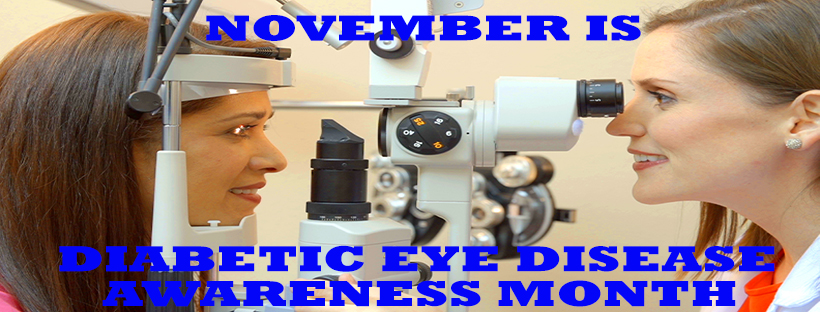Posted by: Eye Specialists of Mid Florida in Blog

By: Dr. Terrance Hafner, O.D. You can’t feel it. You can’t see it – until it’s too late. Diabetic retinopathy, the most common form of diabetic eye disease, is the leading cause of blindness in adults age 20 to 74. It occurs when diabetes damages blood vessels in the retina.
Diabetes retinopathy affects 7.7 million Americans, and that number is projected to increase to more than 14.6 million people by 2030.
The longer a person has diabetes, the greater the risk of diabetic eye disease. Once the vision is lost, it often cannot be restored.
People with diabetes should have a comprehensive dilated eye exam at least once a year to help protect their eyesight. Keeping diabetes in control is a key step to slowing the progression of vision complications like diabetic retinopathy. There are important steps people with diabetes can take to keep their health on track:
*Take your medication as prescribed by your doctor.
*Reach and maintain a healthy weight.
*Add physical activity to your daily routine.
*Control your A1C, blood pressure, and cholesterol levels.
*Kick the smoking habit.
Early detection, timely treatment, and appropriate follow up care can reduce a person’s risk for severe vision loss from diabetic eye disease by 95 percent.
With no early symptoms, diabetic eye disease – a group of conditions including cataracts, glaucoma, and diabetic retinopathy- can affect anyone with type 1 or type 2 diabetes. African Americans, American Indians/Alaska Natives, and Hispanic/Latinos are at higher risk for losing vision or going blind from diabetes. Newer and better treatments are available for the first time in decades, making early detection even more important.
Remember, if you have diabetes, make annually comprehensive dilated eye exams a part of your self-management routine. Living with diabetes can be challenging, but you don’t have to lose your vision or go blind because of it.
